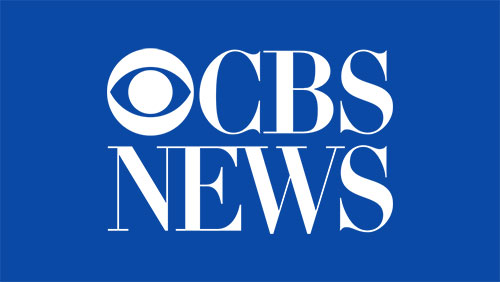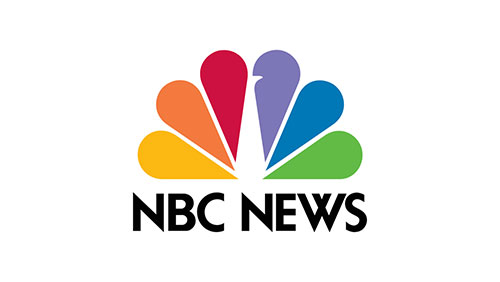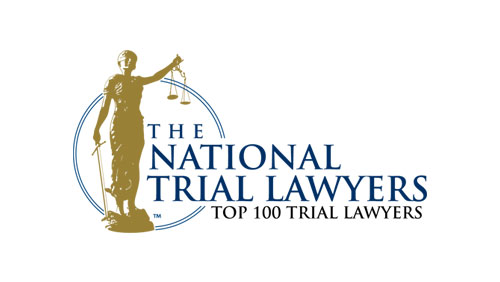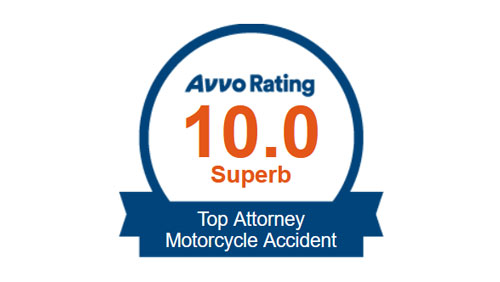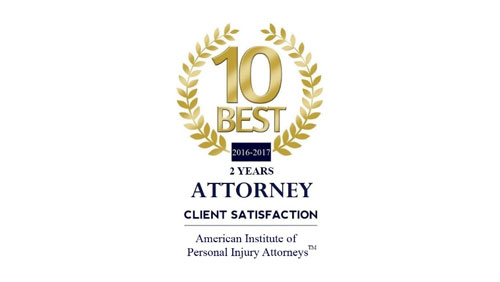
California Personal Injury Laws
A 2025 Guide to Your Rights After an Accident in California
By Attorney Norman Gregory Fernandez
California personal injury law gives injured victims the right to pursue financial compensation when their injuries are caused by another person’s negligence, recklessness, or intentional misconduct. If you were harmed in any type of accident—auto, motorcycle, premises liability, product defect, dog bite, or medical malpractice—California law offers powerful legal protections.
But there are strict deadlines, unique rules, and exceptions that can completely destroy your claim if you wait too long.
If you’ve been injured anywhere in California, call 800-816-1529 to speak directly with an attorney.

California’s Statute of Limitations for Personal Injury (2025 Update)
California law imposes strict deadlines on when an injured person can file a lawsuit. These deadlines vary depending on the type of case.
General Personal Injury Cases
-
2 years from the date of injury
(CCP § 335.1)
Medical Malpractice
-
1 year from the date the injury was discovered
-
OR 3 years from the date of injury
(whichever comes first)
(CCP § 340.5)
Wrongful Death
-
2 years from the date of death
(CCP § 335.1)
Claims Against Government Entities
When suing a government agency (city, county, state, school district, etc.):
-
A government claim must be filed within 6 months
(California Government Code § 911.2) -
If the claim is denied, you generally have 6 months to file a lawsuit.
Missing these deadlines almost always destroys your case.g can permanently destroy your case.
📹 Understanding California Personal Injury Laws (2025 Update)
This short video breaks down your legal rights after an accident in California, including deadlines to file a claim, fault rules, and how compensation works. If you’ve been injured, this is the fastest way to understand the essentials.
California’s Pure Comparative Negligence Rule
California follows pure comparative negligence, meaning:
-
Your compensation is reduced by your percentage of fault.
-
Even if you are 99% at fault, you can still recover 1% of your damages.
Example:
If your damages total $100,000 and you are found 20% at fault, you would recover $80,000.
Insurance companies aggressively use this rule to reduce settlements.
Never negotiate fault percentages without an attorney.
Strict Liability for Dog Bites (California Civil Code § 3342)
California is one of the strongest dog-bite states in the nation for victims.
-
Owners are strictly liable for dog bites.
-
No “one bite” forgiveness rule.
-
Prior knowledge of aggression is irrelevant.
-
Applies in public places and lawfully on private property.
If a dog bites you, the owner is typically responsible—period.
Updated MICRA Caps for Medical Malpractice (Effective 2025)
California modernized the Medical Injury Compensation Reform Act (MICRA) in 2023.
Non-economic damage caps now increase annually.
2025 Non-Economic Damage Caps
-
$430,000 maximum for personal injury (non-death cases)
-
$600,000 maximum for wrongful death cases
These caps continue to increase each January 1st until they reach:
-
$750,000 (non-death cases)
-
$1,000,000 (wrongful death cases)
Economic damages (medical bills, lost wages, future care) remain uncapped.
Prop 213 — Limits on Uninsured Drivers
California Civil Code § 3333.4 restricts what uninsured drivers can recover after an auto accident.
Uninsured Drivers Usually Cannot Recover:
-
Pain and suffering
-
Emotional distress
-
Disfigurement
-
Loss of enjoyment of life
Exception:
If the at-fault driver is convicted of DUI, the uninsured victim may recover non-economic damages.
Traffic Laws That Commonly Affect Personal Injury Liability
Pedestrian Laws
Drivers must yield at:
-
Marked crosswalks
-
Unmarked crosswalks at intersections
Pedestrians must not step into traffic when vehicles cannot safely stop.
Key Driver Responsibilities
Drivers must:
-
Pass safely on the left
-
Maintain safe following distance
-
Yield right-of-way when required
-
Use proper turn signals
-
Stop at red lights and stop signs
Mobile Device Restrictions
Drivers may only use devices through hands-free systems.
Motorcycle Helmet Requirement
California mandates helmets for all riders and passengers.
Minimum Auto Insurance Requirements in California
Drivers must carry liability insurance of at least:
-
$15,000 injury/death to one person
-
$30,000 injury/death to multiple people
-
$5,000 property damage
Drivers who fail to maintain insurance face fines and loss of certain injury rights under Prop 213.
Duties After an Accident (California Vehicle Code § 20001–20004)
Drivers involved in injury accidents must:
-
Stop and provide identifying information
-
Render reasonable assistance
-
Report the accident to police within 24 hours
-
File an SR-1 with the DMV if damages exceed $1,000
Failure to comply can lead to civil AND criminal penalties.
California Dram Shop Laws
California generally protects bars and restaurants from liability for serving alcohol to adults.
However, businesses can be held liable if:
-
They sell or furnish alcohol to a minor, AND
-
That minor causes injury or death to a third party.
(Business & Professions Code § 25602.1)
Negligence — The Core of Most Personal Injury Claims
To win a negligence case in California, an injured victim must prove:
- Duty of care
- Breach of duty
- Causation
- Damages
California uses a “reasonable person” standard.
Premises Liability (Unsafe Property Conditions)
Property owners and managers must keep their premises reasonably safe.
Common cases include:
-
Slip and fall
-
Trip and fall
-
Dog bites
-
Negligent security
-
Construction site injuries
Owners may be liable when they:
-
Fail to inspect
-
Fail to repair hazards
-
Fail to warn
-
Ignore prior incidents or crime activity
Courts analyze factors such as:
-
Foreseeability of harm
-
Burden of preventing the harm
-
Extent of control over the property
-
Public policy concerns
Product Liability (Defective Products)
California recognizes three major categories of product defects:
1. Manufacturing Defects
Product differs from intended design.
2. Design Defects
The design itself is unreasonably dangerous.
3. Failure to Warn (Marketing Defects)
Insufficient instructions or warnings.
California allows strict liability, meaning victims do NOT need to prove negligence—only that the product was defective and caused injury.
Limitations Summary
-
2 years — General personal injury
-
1 year — Medical malpractice (discovery rule)
-
6 months — Government claims
-
3 years — Medical malpractice (outer limit)
-
2 years — Wrongful death
-
1 year after discovery — Unknown injuries
Waiting too long can permanently destroy your case.
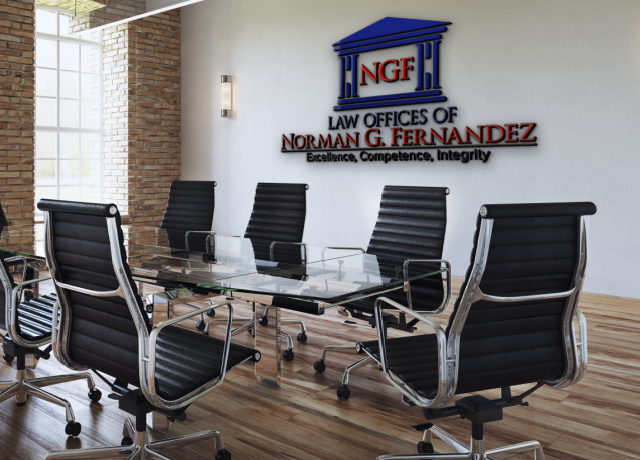
Contact a California Personal Injury Lawyer
If you were injured anywhere in the state of California, you deserve experienced legal representation. At the Law Offices of Norman Gregory Fernandez & Associates, we have:
-
Nearly 30 years of experience
-
Handled thousands of cases
-
Recovered millions of dollars for our clients
-
Represented injury victims throughout ALL of California
We handle every type of injury case—including auto accidents, motorcycle crashes, slip and falls, dog bites, product liability, negligent security, and wrongful death.
Free Consultation — No Fee Unless We Win
📞 Call: 800-816-1529
🌐 Visit: thepersonalinjury.com
Contact Us Quickly
For a free Consultation
Or Call our 24 hour helpline NOW!
800-816-1529
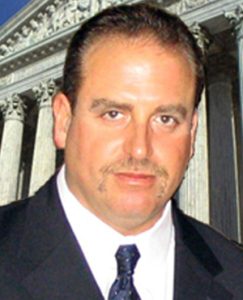 About Attorney Norman Gregory Fernandez
About Attorney Norman Gregory Fernandez
- California personal injury lawyer and trial attorney
- Military veteran and advocate for injured victims
- Nearly 30 years of experience representing clients statewide
Virtual Case Signup & Processing
We can sign you up in minutes from your smartphone, laptop, desktop, or tablet anywhere in the world. No travel required. Your entire case
can be processed virtually through email, phone, video, and our online portal.
98% of cases are settled without you ever having to go to court.
No Recovery – No Fee Guaranteed
You never pay any fees unless we recover compensation for you in your California personal injury case.
About Our Law Firm
Watch our short intro video to learn how we help California injury victims.
Get Medical Treatment Even If You Don’t Have Insurance
In most cases, we can help you obtain medical treatment even if you do not have health insurance. Call for details at 800-816-1529.
California Accident App
(AI-Powered)
Get instant legal answers using our California Accident App for Apple or Android devices.
Click here to learn more »
Related California Personal Injury Practice Areas
Personal injury law covers a wide range of accidents and injuries caused by negligence. Below are some of the most common personal injury cases we handle throughout California. Each link leads to a detailed page explaining liability, damages, and your legal rights.


